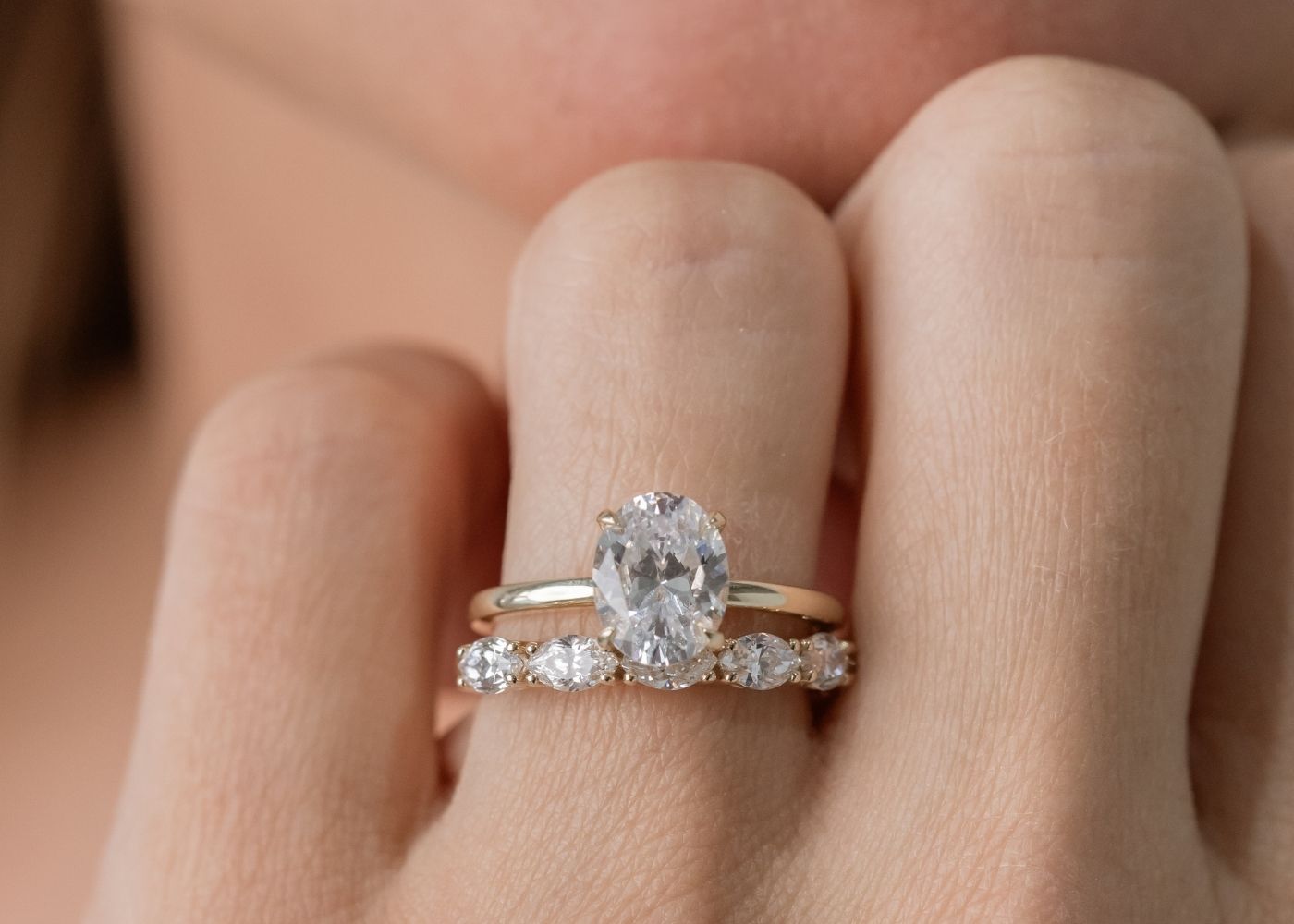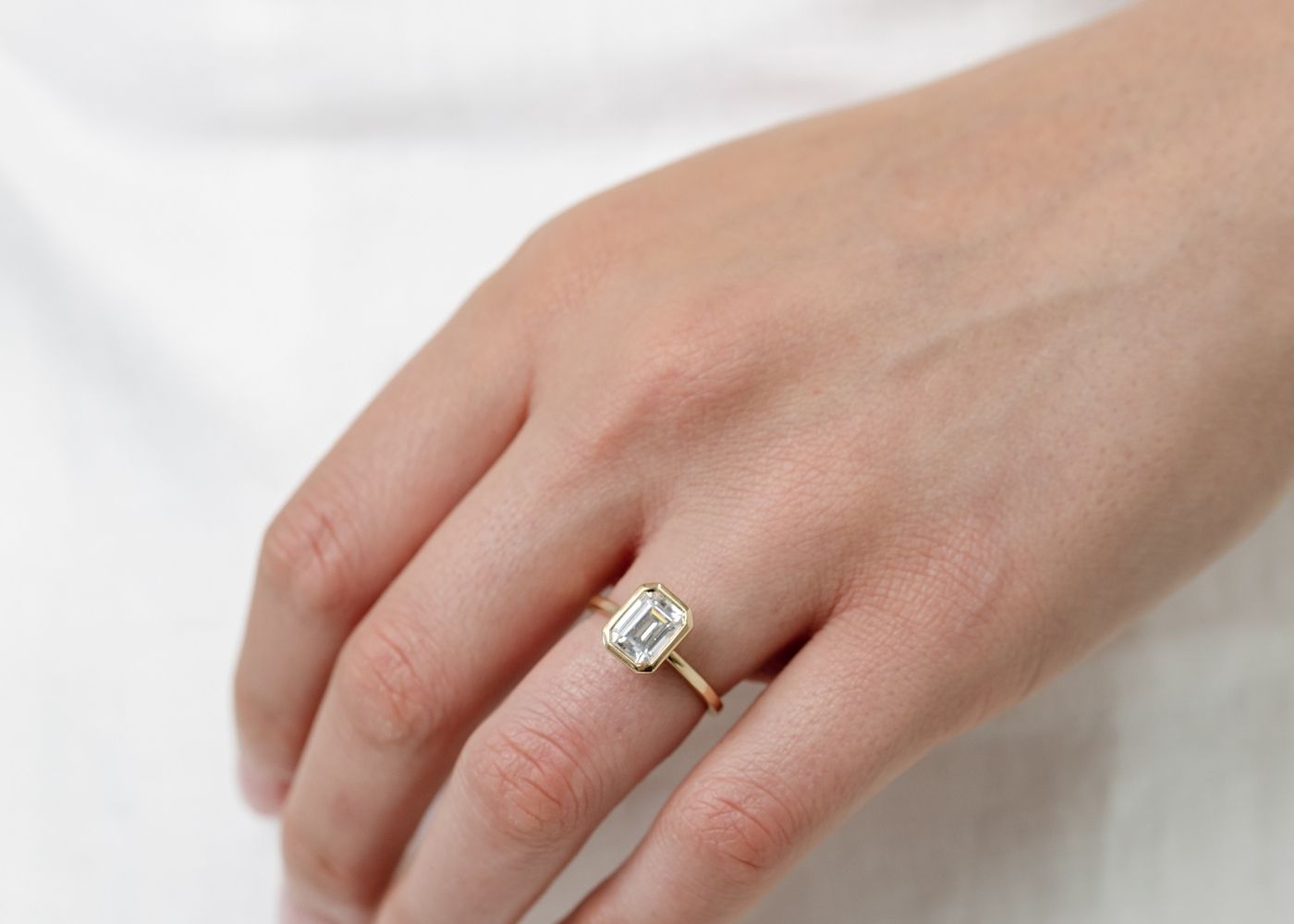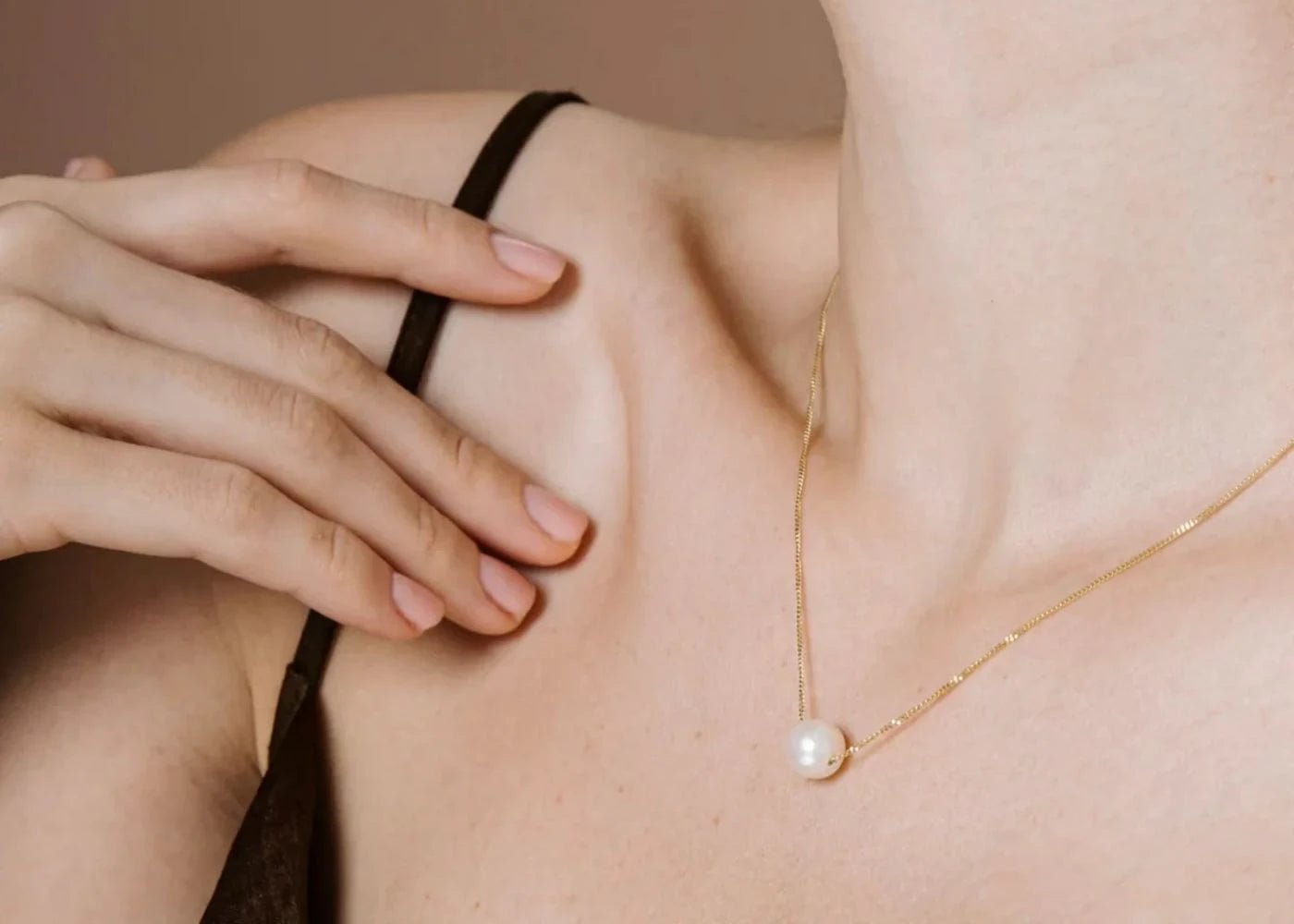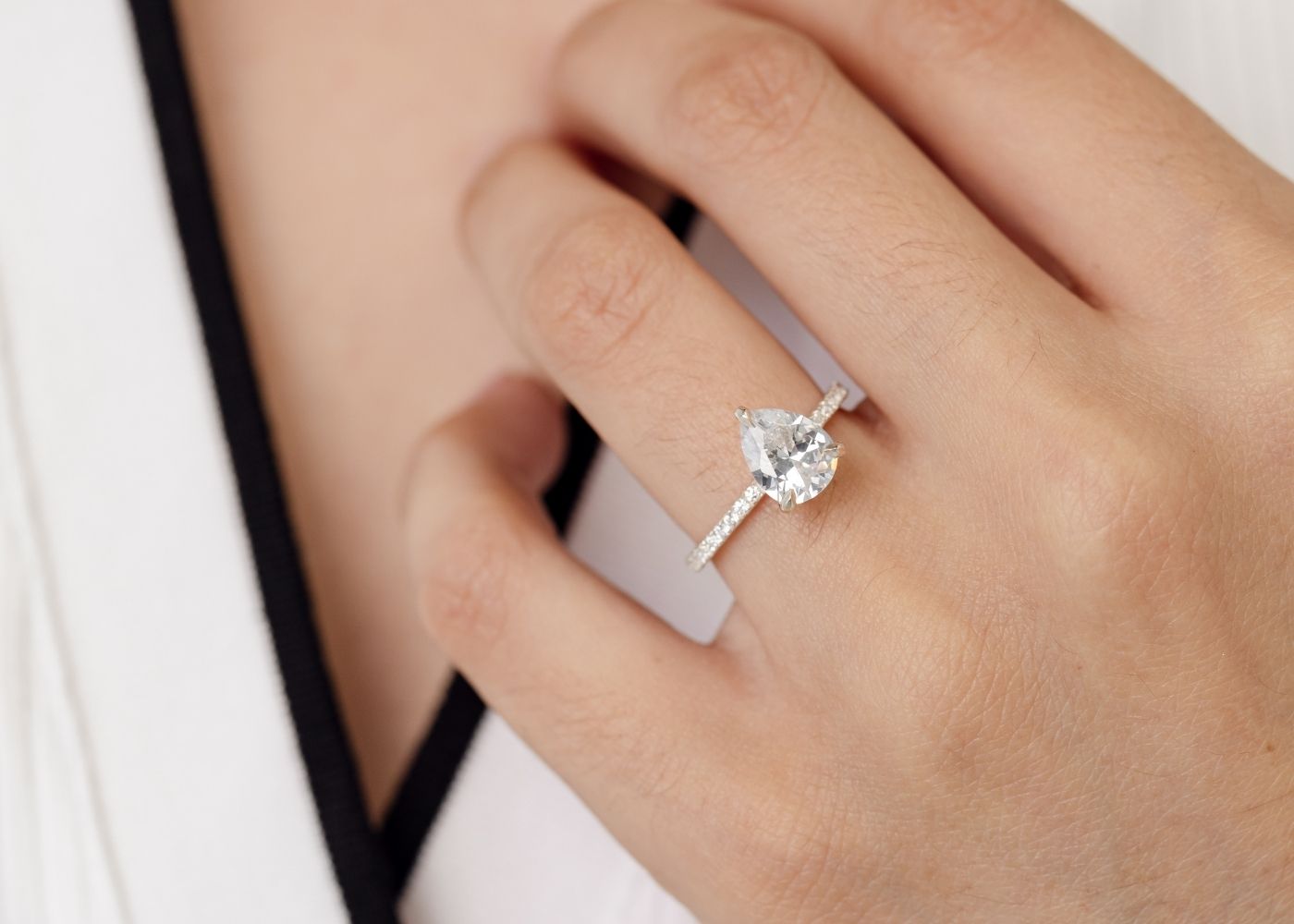Koh-i-Noor
History and Legendary Origin
- Koh-i-Noor is one of the largest cut diamonds in the world, weighing 105.6 carats (21.12g).
- It is part of the Crown Jewels of the United Kingdom.
- The diamond has multiple conflicting legends on its origin.
- The earliest attested weight of the diamond is 186 old carats (38.2g).
- Babur, the founder of the Mughal Empire, wrote about a famous diamond that weighed over 187 old carats, similar to the Koh-i-Noor.
- Alauddin Khalji of the Delhi Sultanate acquired a large diamond when he invaded southern India in the 14th century.
- Babur received the diamond in 1526 as a tribute for his conquest of Delhi and Agra.
- There are competing theories about the original owner of the diamond.
- The story of the diamond being cut by Hortense Borgia is not correct.
Early History and Ownership by Ranjit Singh
- Diamonds were highly valued gemstones in early Indian history.
- During the Mughal rule, red spinels and Burmese rubies became more desirable than diamonds.
- Shah Jahan used many jewels from the treasury to make the ornate Peacock Throne in 1635.
- Nader Shah invaded Mughal territory and captured Delhi, looting the treasury and taking the Koh-i-Noor.
- Muhammad Kazim Marvi first records seeing the Koh-i-Noor on the Peacock Throne in the 1740s.
- Ranjit Singh had the diamond examined by jewelers to confirm its genuineness.
- He donated 125,000 rupees to Shuja Shah Durrani, who previously possessed the diamond.
- The jewelers declared that the value of the diamond was beyond all computation.
- Ranjit Singh affixed the diamond to the front of his turban.
- The diamond became one of Ranjit Singh's favorite jewels.
Ownership disputes
- The diamond was given to Queen Victoria after the British East India Company's annexation of the Punjab in 1849.
- It has only been worn by female members of the British royal family since arriving in the UK.
- The governments of India, Iran, Pakistan, Afghanistan, and the Taliban have claimed ownership of the Koh-i-Noor.
- The British government insists the gem was obtained legally under the terms of the Last Treaty of Lahore.
- The Archeological Survey of India clarified that the diamond was surrendered to the British and not stolen.
Journey to the United Kingdom and Current Status
- The Koh-i-Noor was received by the Governor-General from Dr. Login and sealed in a safe.
- The jewel was sent to England under tight security arrangements.
- The diamond had a difficult voyage, including an outbreak of cholera on board.
- The Koh-i-Noor was kept in a chest at the Bombay Treasury before being sent to England.
- It was presented to Queen Victoria in the care of Captain J. Ramsay and Lt. Col F. Mackeson.
- The Koh-i-Noor is currently part of the British Crown Jewels.
- It is displayed in the Tower of London as part of the Crown Jewels exhibition.
- The diamond is not set in any particular piece of jewelry and is not regularly worn by the British monarch.
- There have been calls for the return of the Koh-i-Noor to India, but the British government has refused.
- The ownership and display of the Koh-i-Noor remains a contentious issue between India and the UK.
Ownership dispute and The Great Exhibition
- The Koh-i-Noor was displayed at The Great Exhibition in Hyde Park, London, in 1851.
- It represented the British Empire and was placed in the central gallery.
- The diamond's value of £1-2 million attracted large crowds.
- Initially, it was kept in a gilded birdcage but was later moved to a case with black velvet and gas lamps.
- Despite efforts to enhance its appearance, the diamond still failed to please viewers.
- The Koh-i-Noor originally had 169 facets and was 4.1cm long, 3.26cm wide, and 1.62cm deep.
- Due to dissatisfaction with its appearance, Prince Albert decided to have the diamond polished.
- The cutting process lasted 38 days and cost £8,000.
- The diamond's weight was reduced from 186 old carats to 105.6 carats.
- It now measures 3.6cm long, 3.2cm wide, and 1.3cm deep with a total of 66 facets.
- After Queen Victoria's death, the Koh-i-Noor was set in the Crown of Queen Alexandra.
- It was later transferred to Queen Mary's Crown and then to Queen Elizabeth The Queen Mother's Crown.
- Queen Camilla was crowned with Queen Mary's Crown, but without the Koh-i-Noor diamond.
- The crowns are on display in the Jewel House at the Tower of London.
- Replicas of the diamond can be seen at the Natural History Museum in London.
- India, Pakistan, Iran, and Afghanistan have all demanded the return of the Koh-i-Noor from the UK.
- India first demanded its return in 1947, followed by a second request in 1953.
- The British Government rejected the claims, stating ownership was non-negotiable.
- In 2000, Indian Parliament members signed a letter calling for the diamond's return.
- British officials argued that the diamond's original owner could not be established, and it has been part of Britain's heritage for over 150 years.
- In 1976, Pakistan asserted its ownership of the Koh-i-Noor.
- The UK rejected the claim, citing explicit provision for its transfer to the British crown in a peace treaty.
- The prime minister of the UK, James Callaghan, stated that he could not advise surrendering the diamond.
- Pakistan argued that the return of the diamond would demonstrate Britain's commitment to decolonization
Koh-i-Noor Data Sources
| Reference | URL |
|---|---|
| Glossary | https://harryandcojewellery.com.au/blogs/glossary/koh-i-noor |
| Wikipedia | http://en.wikipedia.org/wiki/Koh-i-Noor |
| Wikidata | https://www.wikidata.org/wiki/Q212797 |
| Knowledge Graph | https://www.google.com/search?kgmid=/m/04b8d |





